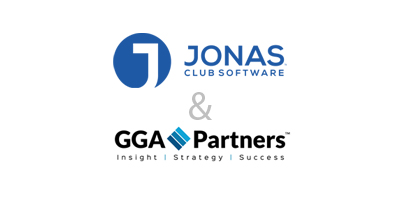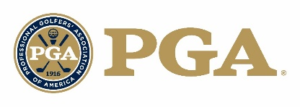Budgeting for 2022 is complicated by rapidly changing circumstances and market conditions. GGA Partner Henry DeLozier offers insight into areas where budgetary impact will be greatest.
Budgeting for 2022 is complicated by rapidly changing circumstances and market conditions. For most experienced hands, anticipating changes within their industry and business is far easier than predicting the breadth and depth of the impact the changes will have on their budgets. Here are two significant categories where budgetary impact will be greatest:
1. Labor costs
Historically, the cost of labor and employee benefits represent the largest line item in a golf course’s operational budget. A trend toward a $15-plus per hour minimum wage and desperately low labor supply conditions will only increase the budgetary impact of labor and benefits. In the wake of the COVID-19 pandemic, and the resulting impacts on labor, two truths are becoming evident:
- Those clubs and courses that kept staff on the payroll and continued long-term relationships with their employees are being rewarded in two ways. First, those courses are not having to search a tight labor market for replacements. Second, course care and upkeep have been sustained by committed and knowledgeable employees who have a running head start on those clubs that have been forced practically to start over.
- Working knowledge of your specific course and conditioning expectations promotes a more cost-effective recovery process.
But what if circumstances and decisions beyond your control have forced you into a game of agronomic catch-up? Here are some remedial actions to consider:
- Update your agronomic plan to state your expectations for course conditioning. New employees need (and want) to understand what is expected of them. Be thorough. Be enthusiastic. Show how much you care.
- Plan for robust new hire training. Pair experienced hands with newcomers. See that the veterans describe the values and standards of the work to be done with the same clarity and as enthusiastically as teaching the job’s “how to” components. Train the trainers to ensure across-the-board engagement and understanding. Plan daily technical training for your round-up sessions to bring new hires up to speed and promote consistency.
- Hire veterans. There are approximately 19 million veterans in the United States, according to the U.S. Department of Veterans Affairs. As the increasing number of veterans mustering out of service expands, many trained and mature workers are searching for jobs. Some three-quarters of these veterans saw wartime service. Take the steps to learn more about those who have given so much and see how much they can give to your operation.
2. Capital maintenance
Capital spending for most golf facilities has expanded decidedly as an improving economy loosened purse strings and made more money available for deferred capital maintenance spending. Financial analysts at our firm note that capital spending is up by more than 55 percent at U.S. golf facilities, with most projects focusing on course renovations and restorations of historic designs, greens reconstruction and new bunker projects.
With the upsurge in golf’s popularity in the wake of the pandemic, many facilities have experienced growth in rounds played and membership enrollments. According to Golf Datatech, rounds played in 2020 increased by 13.9 percent over 2019 and through the first quarter of 2021 are up another 24 percent. The increased demand for tee times has given owners and managers new confidence to expand facility spending.
What are the smart moves being made by superintendents? They’re updating capital project rosters and renewing long-awaited requests for capital to upgrade facilities. And they’re not waiting. They’re describing the features and benefits of the intended projects and supporting financial projections with trustworthy third-party analysis.
In these uncommon times, it is important for turf pros to remember the sun does not shine on the same dog’s back every day. Market demand will shift. Access to labor will change. But the self-imposed high standards for most superintendents will remain and the expectations of enthusiastic golfers will expand. Prepare your 2022 budget carefully and with a broader understanding of social, economic and market conditions.
This article was authored by Henry DeLozier for Golf Course Industry magazine.






